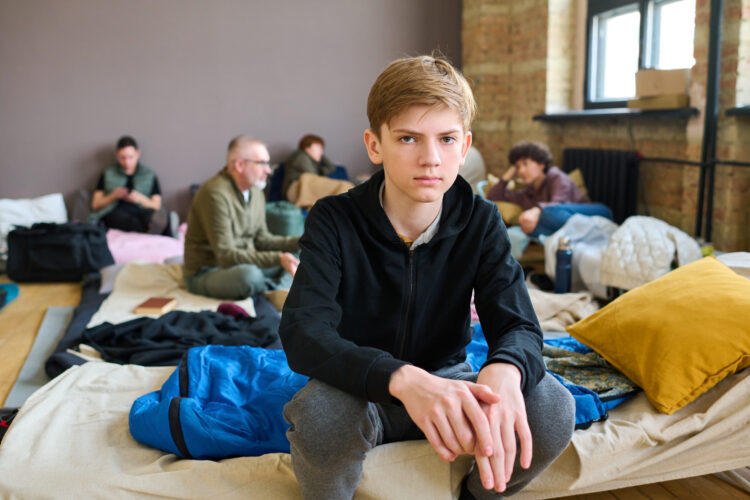Physical, Sexual and Emotional Abuse
Most homeless youth come from homes characterized by high levels of physical, sexual and / or emotional abuse and neglect, compared to youth with homes. Rotheram-Boris, Mahler, Koopman and Langabeer (1996) estimate that street youth are five times more likely to report being victims of sexual abuse as children.

For young people who have experienced such abuse, there is an increased likelihood of negative developmental outcomes including low self-esteem, an impaired ability to form affective and trusting relationships with adults, higher rates of depression and suicide attempts, running away or being kicked out of the home.
Involvement with the child welfare system
A considerable amount of research demonstrates the relationship between youth homelessness and previous involvement with the child welfare system (Serge, Eberle, Goldberg, et al., 2002; Gaetz & O;Grady, 2002; Raising the Roof, 2009).

This includes foster care, group homes, interventions by the Children’s Aid Society. While involvement in the child welfare system doesn’t necessarily cause homelessness (in fact, many interventions may prevent homelessness), such involvement does reflect the degree to which young people come from troubled families.
In addition, we do know that depending on the jurisdiction, many teenagers may lose the support of the child welfare system as they get older, or if they opt out.
Discrimination
When young people experience racial discrimination, this limits their access to employment, their educational success, and their ability to access the services they need. All of these factors can lead to extreme poverty, and when combined with other challenges (in the home, with the legal system), can lead to homelessness.

Homophobia
Research consistently shows that between 20-30 percent of homeless youth are lesbian, gay, bisexual or transgendered, which suggests that homophobia is a leading cause of homelessness.

In Canada, many young people who are lesbian, gay, bisexual and transgendered continue to experience discrimination in their homes, neighbourhoods, at school and in their communities.

This discrimination, which is often coupled with violence, may make staying at home intolerable, and hence, many young people in this situation hit the streets.
Poverty
Many young people who become homeless come from families living in poverty. This doesn’t necessarily mean that the families are not caring and supportive. However, we do know that living in poverty can have an impact on educational and health outcomes and on one’s ability to get a job.

In addition, as teenagers get older, it may be more difficult for families to continue to support them financially. Many young people become homeless not because they are chased from home, but because their poverty means they can no longer stay there.
Young people then look to live with friends, or go to new places to seek new economic opportunities. However, if the jobs are not there, they may become homeless.





